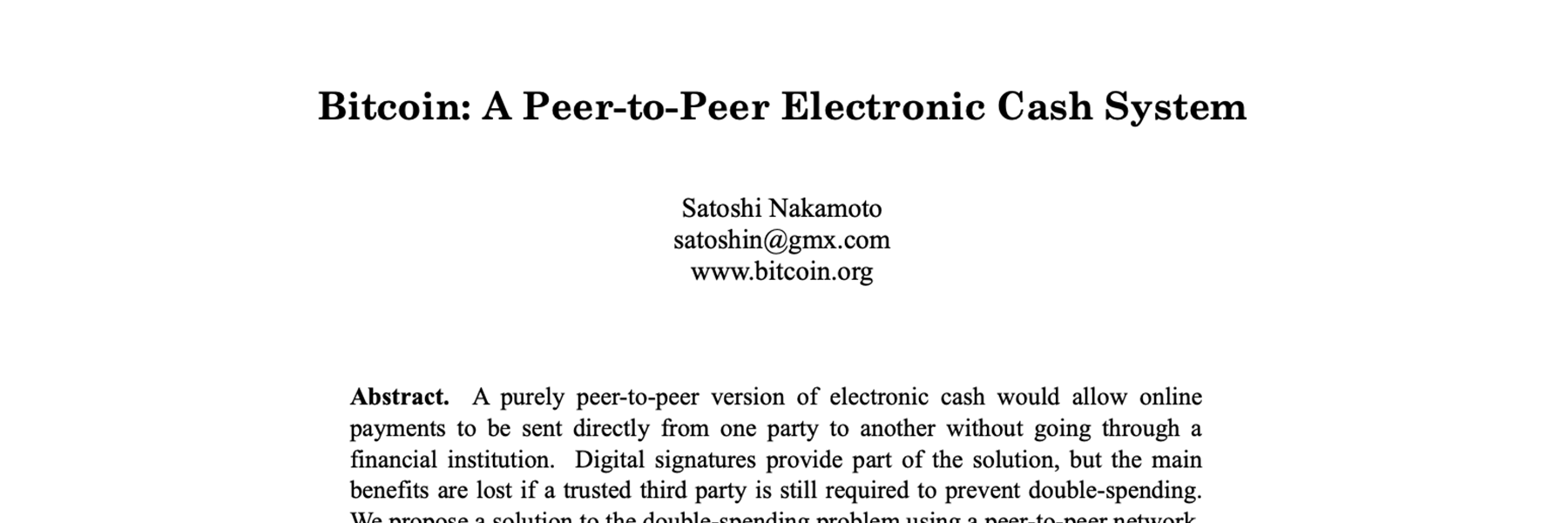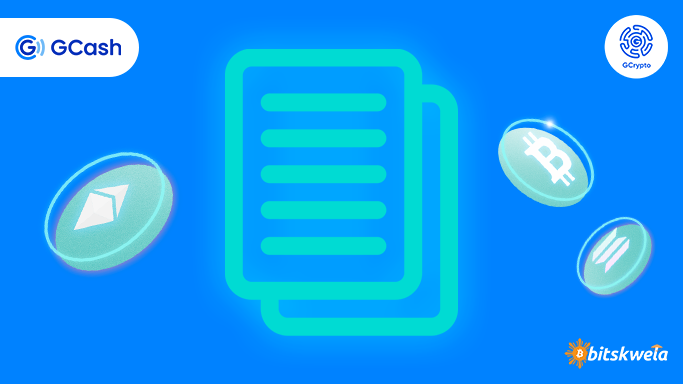What is a Whitepaper?
Whitepapers are blueprints of cryptocurrency projects that provide essential details like utility, roadmap, team, and references.
Key Things to Remember
- Whitepapers are blueprints of cryptocurrency projects that provide essential details for stakeholders, such as utility, roadmap, team, and references.
- Whitepapers follow a consistent structure, making it easy to find relevant information.
- Watch out for warning signs in whitepapers to avoid putting money in untrustworthy projects.
For those who are new to the world of crypto, the term “whitepaper” may be unfamiliar. Whitepapers are important documents that can help you understand more about a cryptocurrency and NFT project from top-to-bottom.

History of the whitepaper
The first cryptocurrency whitepaper was published by the pseudonym “Satoshi Nakamoto” on October 31, 2008, for the Bitcoin blockchain. This whitepaper detailed how Satoshi was dissatisfied with the current financial system and wanted to create a solution. The whitepaper introduced Bitcoin as a “Peer-to-Peer Electronic Cash System” that would act as a digital currency that doesn’t need intermediaries to complete transactions. Satoshi described in detail why Bitcoin was created, its use case, and the details of how it would work. Most future crypto whitepapers would be written in a similar manner to the Bitcoin whitepaper
Functions of a whitepaper
A whitepaper is essentially a blueprint or summary of a cryptocurrency project, written by its developers. It is a detailed document that outlines necessary information about a cryptocurrency project, such as its founding team and roadmap. This may also include technical aspects such as consensus mechanisms, its economic model, or the reason the project exists. The purpose of a whitepaper is mainly to give potential investors, developers, and stakeholders a clear understanding of the project.
Importance of a whitepaper
A whitepaper is an important document for cryptocurrency projects, as it provides essential details about their purpose, goals, and technical specifications. Investors and developers rely on this document to better understand a project’s potential value and determine whether it can solve unique problems. By reading a whitepaper, anyone can also learn about any red flags that may indicate a project is not trustworthy or credible, allowing readers to make informed decisions.

Things to look for in a whitepaper
Although there is no standardized way to write a whitepaper, there are common aspects shared by most and would be helpful to keep an eye out for.
- Reason for existing – Most whitepapers will state the reason why their crypto project was created. Usually, this details a real-world problem that needs to be solved.
- Utility – The utility of a project is essentially its use case and tells one what their project does. This is a cryptocurrency’s “sales pitch” and is what helps differentiate it from competitors.
- Blockchain architecture – This section outlines technical aspects within the blockchain, such as its consensus mechanism. It also states why their blockchain functions the way that it does. This is applicable to projects developing a new blockchain.
- Tokenomics – Tokenomics describe the circulating supply of the token as well as its distribution percentage among stakeholders.
- Roadmap – A roadmap is simply the future plans of the developers on how they plan to grow and sustain their project.
- Team – The team details the people behind the crypto project. A well-known team with previous credible work experiences is a good sign for the whitepaper. There are also some projects that choose to keep their team anonymous for privacy.
- References – This is a list of all sources that the whitepaper took inspiration from. Credible sources such as academic papers give merit to the whitepaper.

Red flags in whitepapers
It’s important to be aware of some warning signs when reviewing whitepapers for crypto projects. These red flags can help one identify projects that may not be trustworthy or legitimate.
- No whitepaper/Hidden whitepaper – If a project has no whitepaper or if it is really difficult to find, it may mean that the developers do not want the public to know what is really going on with the crypto project.
- No real reason for doing the project – If the whitepaper can’t give a decent answer to the ‘why’ behind the project, it could just be a project that scams people.
- Keeps talking about competitors – A crypto project should be able to stand on its own. It is alright to compare themselves with competitors, but if a whitepaper keeps talking down other projects, then it simply becomes a marketing scheme rather than an academic summary of what the project is.
- Bad tokenomics – If the team (or specific individuals) hold too much of a token’s supply, it becomes easy for them to dump their holdings at any time, negatively impacting the token’s price for their personal gain.
- Vague roadmap – Decent projects must have a clear and concise view of the future. If the whitepaper is vague on their future plans, there may not be any.
- Non-academic sources – Some whitepapers will just reference random links for the sake of having sources. It’s important to make sure that they are valid sources.
- Too many promises on expected return – If a whitepaper suggests that there will be any form of guaranteed return on investment, it is likely too good to be true. These projects are likely trying to trap the public into buying in rather than educating people about their project and vision.
It’s crucial to conduct research before putting money into any cryptocurrency project. Though whitepapers may seem intimidating with their technical language and length, reading them can offer you valuable insights and learnings. Depending solely on the opinions of others and second-hand information may provide only a partial picture. Taking the time to read the entire whitepaper can give you an edge in the world of Web3.

Powered by Bitskwela
Got more questions about Crypto and NFTs?
Check out our GCrypto Learning Hub to learn more!




